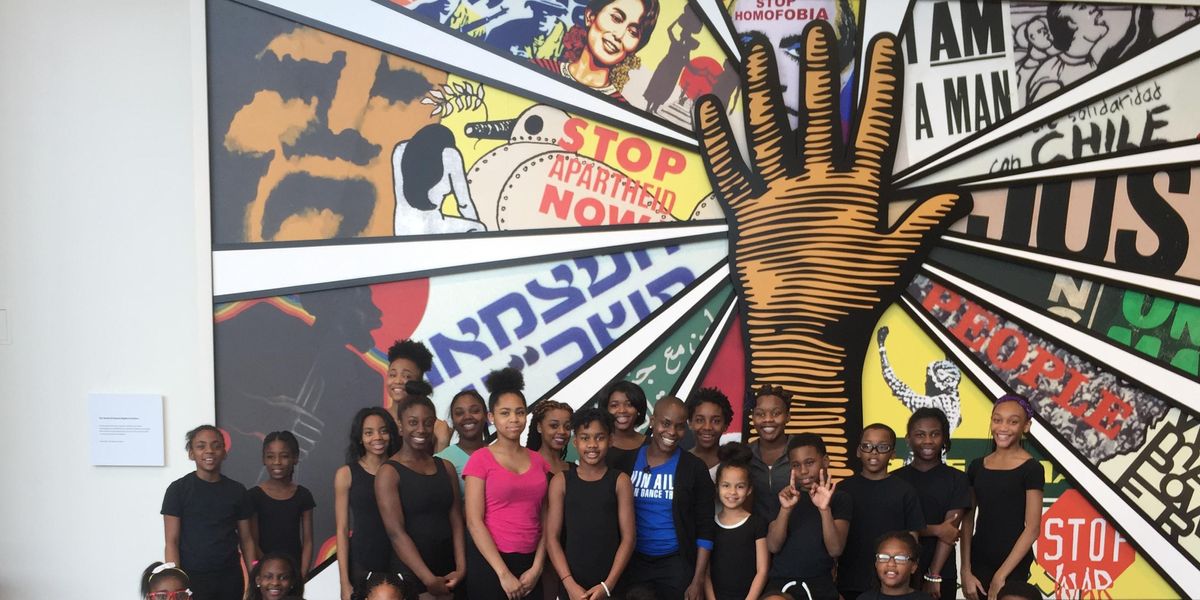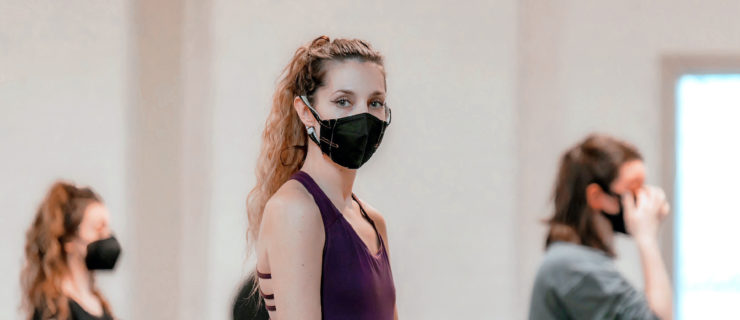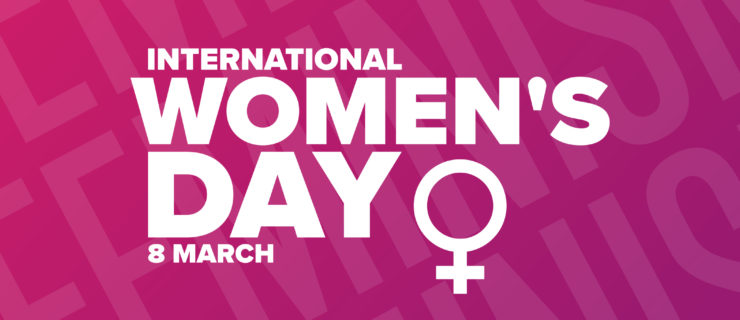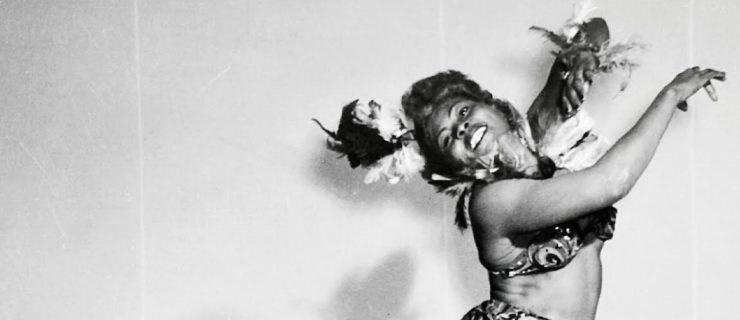4 Dance Works Honoring the Legacy of Martin Luther King Jr.
Social justice has a been a prominent theme in many Black American dancemakers’ repertoires. Today, on Martin Luther King, Jr. Day—and in the midst of ongoing social and political turmoil in America—this theme carries new resonance.
Dr. King’s legacy has spurred the creation of many dance works, with many creators using his words to respond to the social issues of the moment. So, today, in celebration of MLK, Jr. Day, here are four of those dances which honor the legacy of the late civil rights leader.
“r-Evolution, Dream.” by Hope Boykin
Set to a soundscape that includes music by jazz musician Ali Jackson, narration by Tony Award-winner Leslie Odom, Jr., “r-Evolution, Dream.,” performed by the Alvin Ailey American Dance Theater, debuted in 2017. Choreographer—and Ailey vet—Hope Boykin was inspired to create the piece on a visit to the Center for Civil and Human Rights in Atlanta. “I got a chance to listen to Dr. King’s voice and watch the footage of his funeral with the casket running through the city,” Boykin said in an interview with the L.A. Times. Boykin says she was especially stirred by the cadence and sound of his voice.
Moved by the timeliness of Dr. King’s teachings (over a half century after he first orated them), Boykin set out to create a ballet that, in effect, translated some of his most famous sermons and teachings into movement. The ensemble piece, which also features solos and sets of pas de deuxs, is a powerful reminder of the long fight ahead for racial equality in America.
“Bodies as a Site of Faith and Protest” by Tommie-Waheed Evans
First performed by Dallas Black Dance Theatre in 2018, “Bodies as Site of Faith and Protest” also transcribes Dr. King’s words into dance—only this work zeroes in one particular speech: Dr. King’s “We Shall Overcome.”
The most resounding imagery in choreographer Tommie-Waheed Evans’s work is the clump of dancers at center-center, who march and march with searing purpose oozing from their eyes—yet seem to arrive nowhere. It’s as if Evans puts on display the historical, present, and future conditions of the Black American: That the battle for equal protection under the law will be ongoing.
“Dougla” by Geoffrey Holder
In response to the assassination of Dr. King on April 4, 1968, Arthur Mitchell, then a principal dancer with New York City Ballet, felt compelled to take action. His efforts would culminate in the formation of Dance Theatre of Harlem.
The ballet troupe performs everything from classical rep to new works—one of the most iconic is Geoffrey Holder’s “Dougla,” with movement that depicts the wedding of a Dougla couple, in which one partner is of African descent and the other of Indian descent. The ballet features a spectacle of costume, with a thumping, grounding pulsation of drums beneath movement that, in of itself, is bold and unafraid of making a statement.
Perhaps most memorable about this piece are the moments done in unison, when everything is “working together at once,” as Carmen de Lavallade, who helped restage the piece for DTH in 2018, said to theNew York Times. The power in these moments of togetherness conjures scenes of Americans marching in unity for social justice, echoing the very reasons Dr. King worked to lead change before his death.
“Deep Blue Sea” by Bill T. Jones
In an interview with our sister publication
Dance Magazine, Jones says the work deals with one overarching question in particular: “Are we really still this beacon, this light on a hill, this conglomerate of disparate groups and stakeholders that we call American democracy?” As a young child, he believed that the Black community could overcome the effects of systematic racism, said Jones to DM. Now, he has less faith—and “Deep Blue Sea” dives into the reasons why.
Intended to be performed at the Park Avenue Armory, the cast included not only the Bill T. Jones/Arnie Zane Company, but also nearly 100 members of the New York City community.




